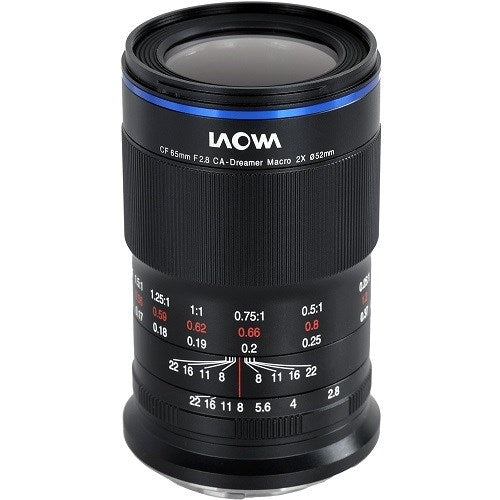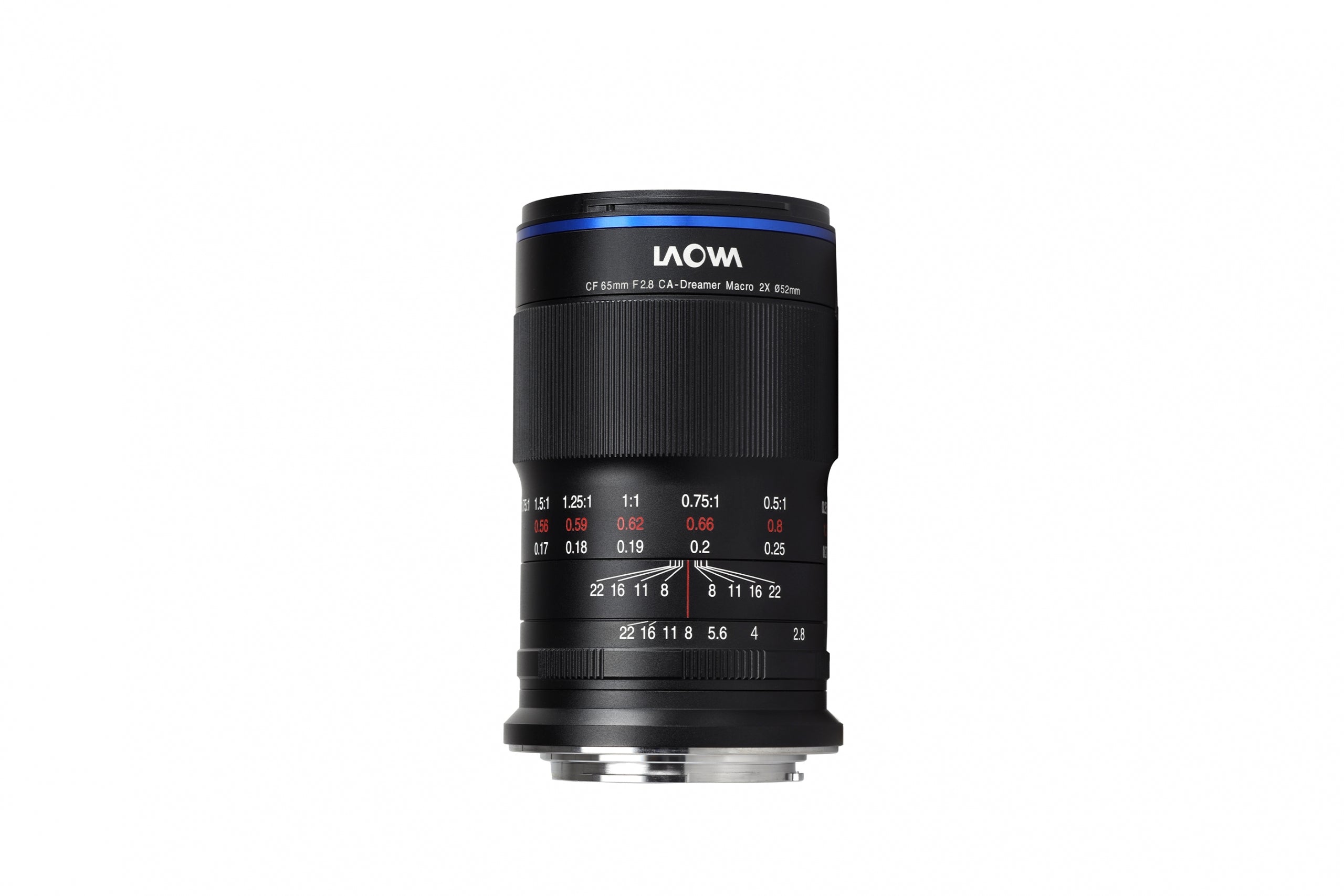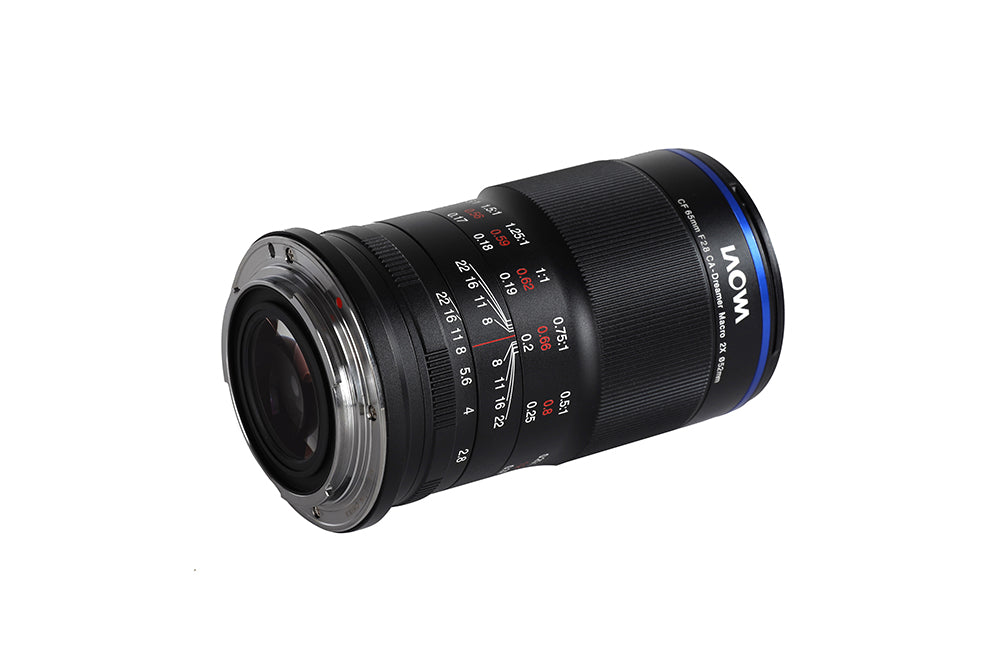Product Description
Laowa 65mm f2.8 2x Ultra Macro Prime Lens
Venus Optics has recently unveiled its latest creation, the Laowa 65mm f2.8 2X macro APO lens. This innovative lens is the first of its kind, designed specifically for mirrorless cameras and compatible with Fujifilm X, Sony E, Nikon Z, and Canon M mounts.
What sets this lens apart from others on the market is its ability to produce 2X life-size images, making it an ideal choice for macro photography enthusiasts. Additionally, the Laowa 65mm f2.8 2X macro APO lens is incredibly lightweight and compact, making it a versatile option for daily still photos, portraiture, and more.
This lens is a game-changer for Venus Optics, as it marks their first foray into designing macro lenses for systems other than full-frame cameras. With its impressive capabilities and sleek design, the Laowa 65mm f2.8 2X macro APO lens is sure to be a hit among photographers of all levels.
 © Jonas Rask
© Jonas Rask
The 65mm f/2.8 2X macro APO is the 1st macro lens that Venus Optics designs for APS-C cameras. Most of the contenders magnify 1.5X at most, but Laowa 65mm f/2.8 2X macro gives a greater magnification effect and creates up to 2X life-size images.

© Jonas Rask

© Jonas Rask
2X macro magnification
The lens offers a 2:1 maximum magnification ratio along with a minimum focusing distance of 6.7”(17cm). Different from traditional macro lenses, this 65 mm lens can focus from infinity to 2X magnification, making it an ideal option to tackle all kinds of macro photography scenarios. The wide magnification range is essential for shooting insects and plants at different sizes.

 © SuiYuan
© SuiYuan
 © Christopher Frost
© Christopher Frost
 © Jimmy Chan
© Jimmy Chan
 © Christopher Frost
© Christopher Frost
Outstanding sharpness, colour and clarity
Optimized for APS-C systems, the resulting images deliver stunning details and contrast from centre to corner even when using a wide open aperture. This professional prime lens delivers exceptional resolution and sharpness.

 © JieGe
© JieGe
 © Jimmy Chan
© Jimmy Chan
 © SuiYuan
© SuiYuan
 © SaGuo
© SaGuo
 © Christopher Frost
© Christopher Frost
Light & compact
Weighted 11.8oz (335g), this remarkably light, compact and versatile lens serves as an exceptional complement to APS-C cameras. The small lens barrel allows the user to hold the camera and adjust the focus with ease. Also, the internal focus is designed to maintain the overall lens length during use. It is a great tool for both leisure and professional photography. Due to its lightweight and compactness, macro lovers will find it a great companion for ecological photography while travelling.


 © Jonas Rask
© Jonas Rask
 © William Tseng
© William Tseng
Apochromatic optical design
Laowa 65mm f/2.8 2X macro’s optical design incorporates 3 Extra-low Dispersion glasses to minimize chromatic aberrations across the frame. The lens has inherited the excellent APO design from Laowa 100mm f/2.8 2X macro and can eliminate both lateral and longitudinal chromatic aberrations in the frame, meaning that chromatic aberration at both ‘in-focus’ & ‘out-of-focus’ areas is almost invisible to bare eyes.
 © YiYeGuZhou
© YiYeGuZhou
 © YiYeGuZhou
© YiYeGuZhou
 © SuiYuan
© SuiYuan
 © Jimmy Chan
© Jimmy Chan


























